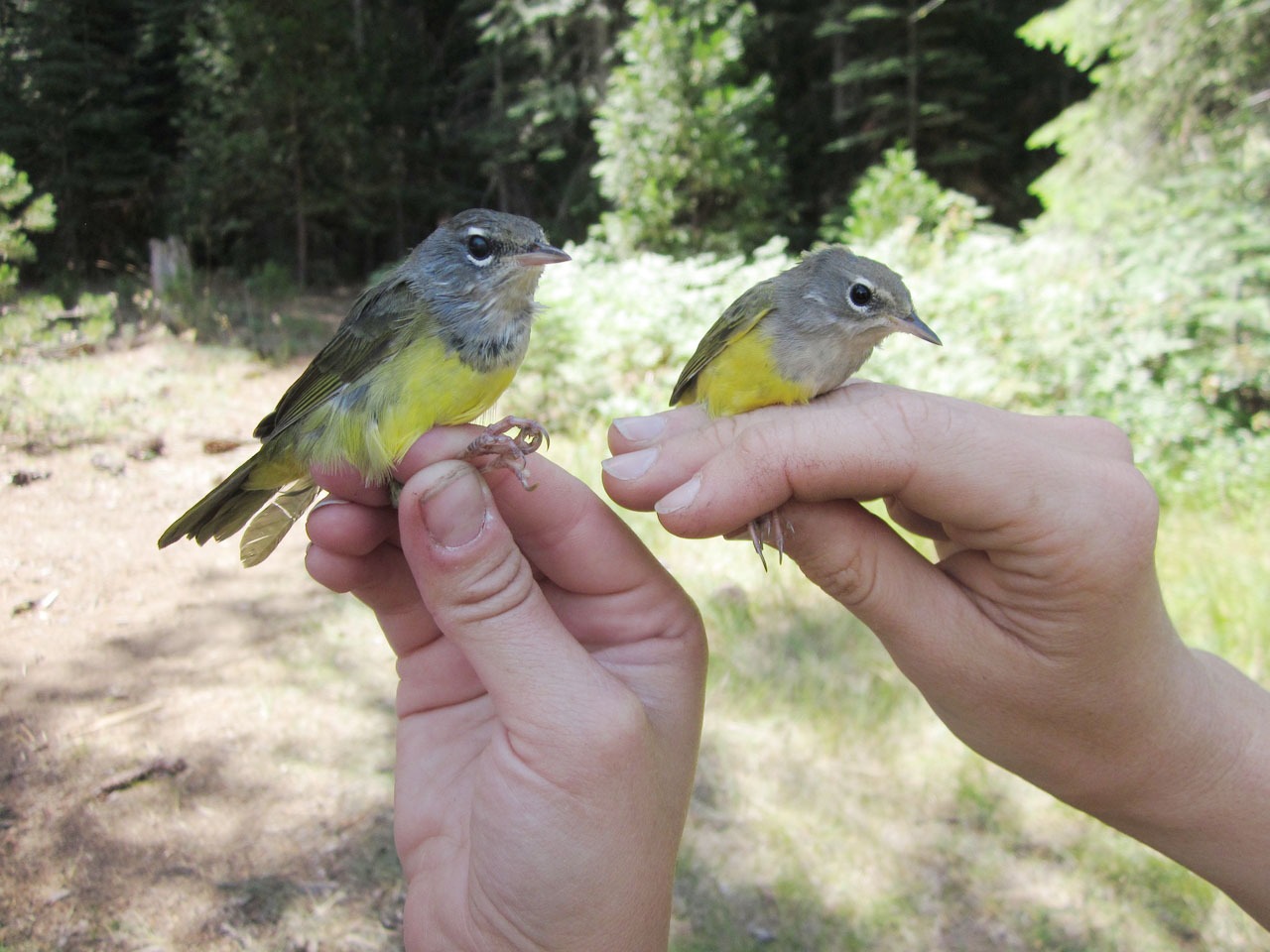In 2019, Yosemite’s songbird-science program — the longest-running MAPS (Monitoring Avian Productivity and Stewardship) bird-banding effort in North America — celebrated its 30th anniversary. Conservancy donors made those three decades of data collection possible; during this milestone year, your gifts helped the park continue its long-running research.
By studying songbirds, scientists can learn how drought, wildfires and other environmental factors affect birds and other animals. In 2019, park scientists and interns gathered data on more than 2,000 birds at six sites, including in Ackerson Meadow, where results are informing restoration plans for an ecosystem that supports some of the Sierra’s rarest avian species. Researchers also offered six hands-on bird-banding demonstrations; published a scientific paper on how shifting conditions, such as rising temperatures and a shrinking snowpack, are affecting birds’ breeding patterns in Yosemite; and continued their focus on black-headed grosbeaks, a “molt-migrant” that breeds in the park.
Your contributions supported a respected research program that reveals valuable insights about birds in Yosemite and beyond.
Completed in partnership with Yosemite National Park and Institute for Bird Populations.

